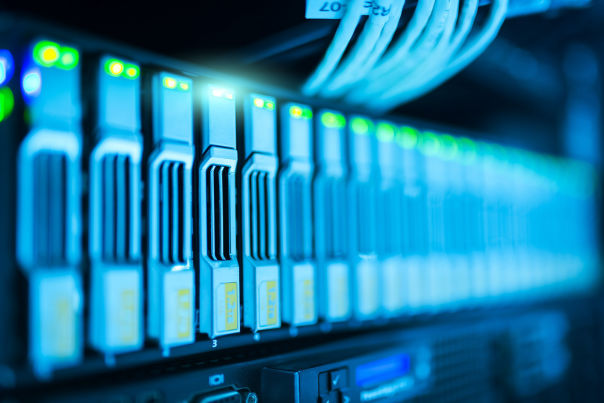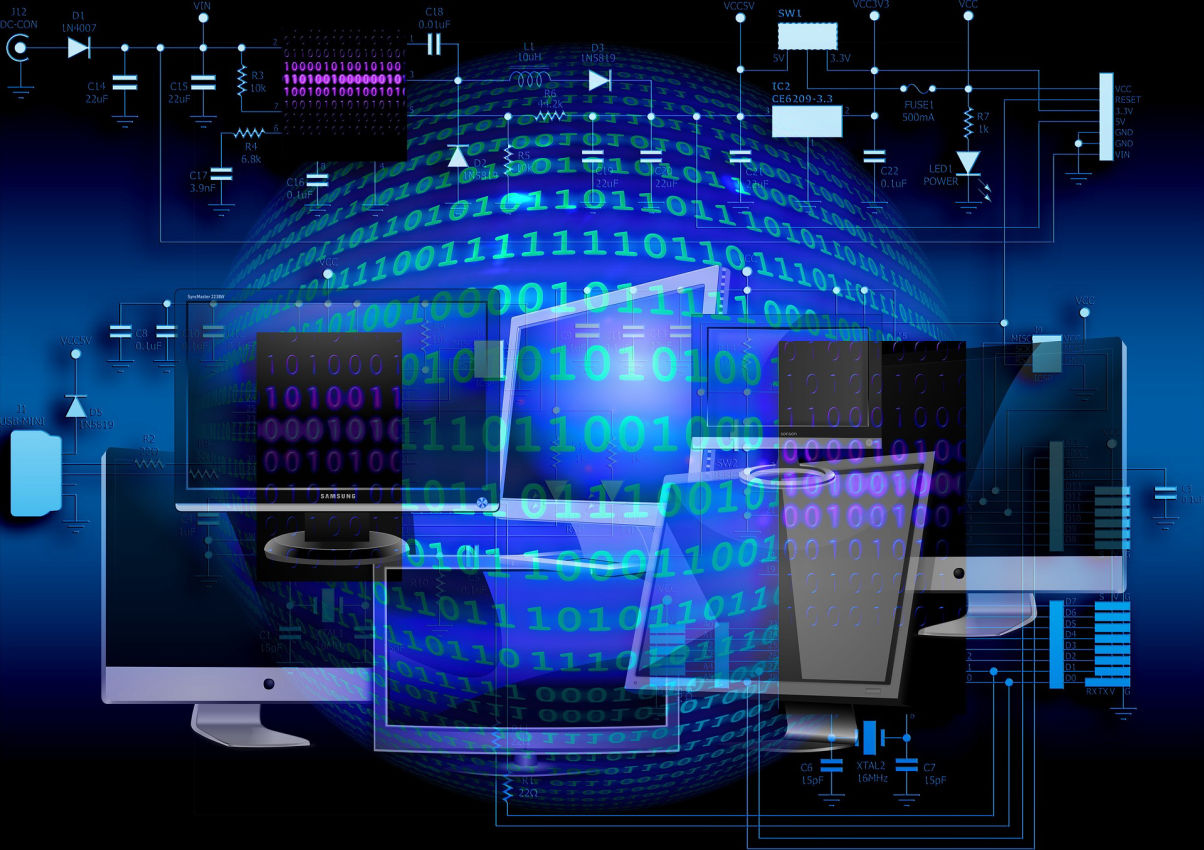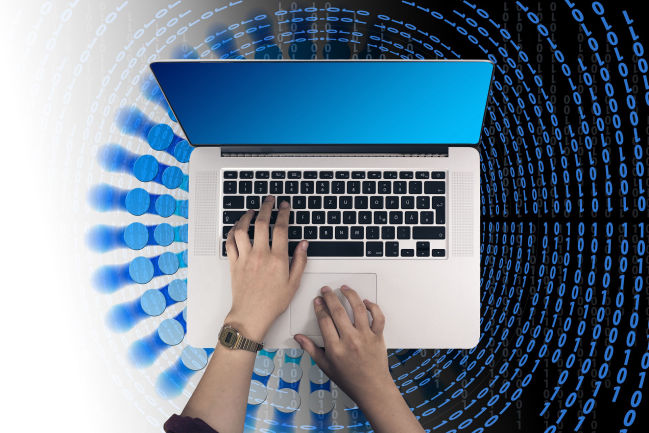Out of the box configurations are not appropriate for business production environments (networks in use). Attackers often utilize out of the box flaws to access an organization's systems. We add additional layers of protection through encryption and specialized configuration based on best practices. Secure configuration includes things like firewall rules, network access controls, limiting login attempts, and having secure remote access through a virtual private network (VPN).
Refers to physically keeping different data on separate networks. That way if a cybercriminal gains access to one network, they will a) not be able to take down the entire company's operations, and b) have limited-to-no access to your business's protected information.
We can encrypt data at rest (being stored on a sever, etc.) and data in transit (when being sent or shared internally, with vendors, etc.)



